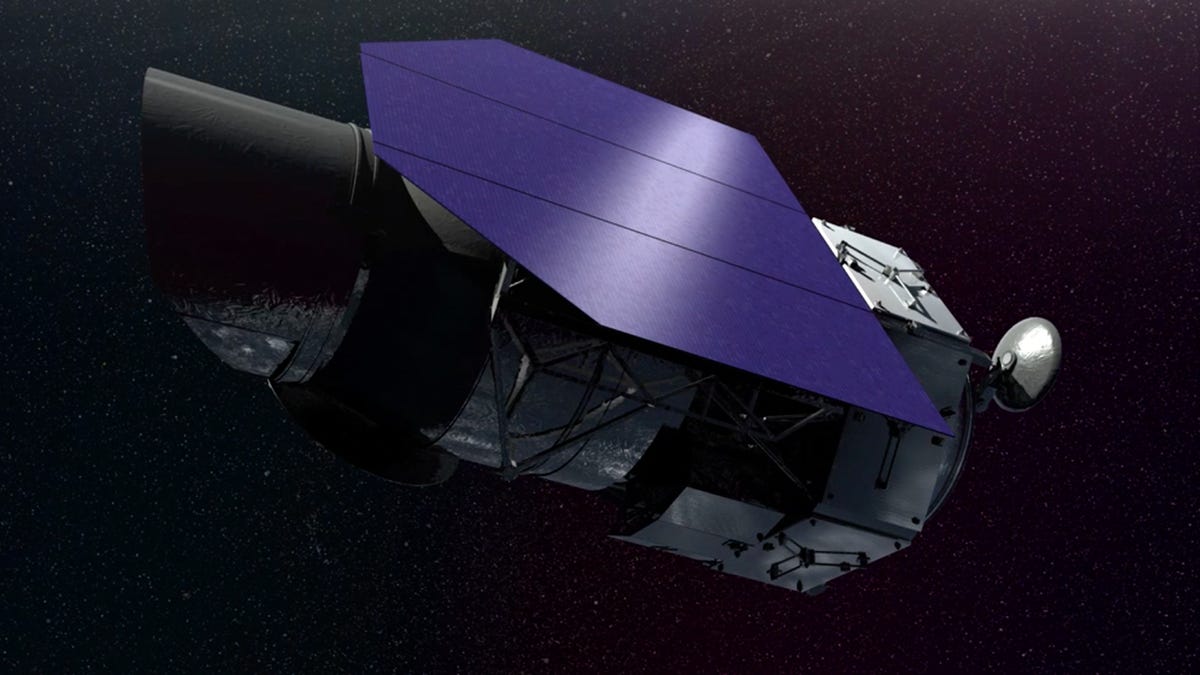NASA's working on a telescope with an even wider eye than Hubble
The WFIRST space telescope mission is under way with plans to find more planets in our own galaxy and unlock the mysteries of the universe at the same time.
NASA said Thursday that it's getting down to business building a new telescope that could get us a step closer to finding E.T. and perhaps reveal other mysteries of the universe along the way.
The Wide-Field Infrared Survey Telescope (WFIRST) will have capabilities that make it similar to taking Hubble's telescope and putting a panoramic lens on it. It will carry a wide-field instrument allowing it to capture images with the same depth and quality as Hubble, but covering 100 times its field of view.
In addition to having such a wide view of parts of space, WFIRST will also sport a coronagraph that can block the glare from individual stars to better characterize not only planets orbiting those, but the atmospheres of planets as well.
"It will also develop technology that will pave the way for finding and characterizing Earth-like planets in the future," said Nikole Lewis of the Space Telescope Science Institute in a statement.
Much of the heavy lifting of identifying exoplanets has been shouldered by the Kepler Space Telescope, which is now far past its prime and continues operating in a mechanically crippled condition. But that will soon change with the impending launches of the Transiting Exoplanet Survey Satellite (TESS) and the James Webb Space Telescope (JWST), set for 2017 and 2018, respectively.
WFIRST will follow those two into space in the 2020s, succeeding current workhorses like Hubble, Kepler and the Spitzer Space Telescope. Combined, they will create a next-generation three-pronged attack to find new planets, including Earth "cousins" that could be habitable.
The current running total of confirmed exoplanets stands at just over 2,000, but NASA expects that WFIRST alone will net thousands more exoplanet discoveries just from staring at the crowded central region of our own Milky Way galaxy.
"JWST will conduct very deep observations of a small area, while WFIRST will cover large areas at the same depth as Hubble," explained University of California-Santa Cruz astrophysics professor Brant Robertson, who leads the WFIRST Extragalactic Potential Observations Science Investigation Team. "If they overlap and JWST is still operational when WFIRST launches, it will be a very powerful combination."
Beyond its planet spotting and sniffing abilities, WFIRST will also be used to track the mysterious effects of dark matter and dark energy on the history of the universe. In other words, this telescope could help us finally see the unknown and invisible parts of the cosmos.
"WFIRST will provide a treasure trove of exquisite data for all astronomers," said Neil Gehrels, WFIRST project scientist at NASA's Goddard Space Flight Center. "This mission will survey the universe to find the most interesting objects out there."
If it finds objects more interesting than the impressive haul of beauty and weirdness we've seen from Hubble and Kepler, we're in for a treat.


